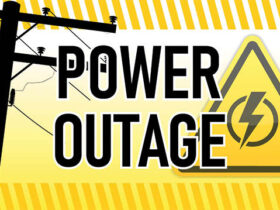5 Types of Plastic You’ll Find in Injection Molding
Injection molding is a process that uses heated plastic to create objects. The plastics used in injection molding are typically either thermoplastic or thermosetting polymers.
Thermoplastic polymers can be melted and reformed, while thermosetting polymers will set and cannot be dissolved.
Injection molding creates objects, from everyday items like toothbrushes to more complex car parts.
Many different types of plastic can be used in injection molding, each with unique properties and applications.
In this article, we’ll examine five of the most common types of plastic used in injection molding.
Article Summary
show
The five most common types of plastic used in injection molding
Type 1: Polyethylene (PE)
Polyethylene (PE) is the most common type of plastic used in injection molding. It’s also one of the cheapest and most versatile materials, making it ideal for many applications.
PE is strong and durable, making it a good choice for products that need to withstand heavy use. It’s also relatively easy to recycle, making it a more sustainable option than other types of plastic.
Type 2: Polypropylene (PP)
Polypropylene is the most common type of plastic used in injection molding. It is durable and has a high melting point, making it ideal for various applications.
Polypropylene is also resistant to chemicals and moisture, making it a good choice for food containers and medical equipment.
Type 3: Polyvinyl chloride (PVC)
Polyvinyl chloride, or PVC, is the most versatile plastic material. It can be rigid or flexible, clear or opaque, and is used in everything from plumbing pipes to food packaging. PVC is also one of the easiest plastics to recycle.
Type 4: Polystyrene (PS)
Polystyrene (PS) is a lightweight plastic often used for shatter-resistant products. It’s not as strong as PE or PP, but durable enough for most purposes. PS is not as easily recycled as other plastics but can be recycled if properly sorted.
Type 5: Acrylonitrile butadiene styrene (ABS)
Polyethylene terephthalate (PET) is a strong and lightweight plastic often used in food and beverage packaging. PET is 100% recyclable, making it one of the most sustainable plastics.
The bottom line
Many different types of plastic can be used in injection molding, each with unique properties and applications.
This article looks at 5 of the most common types of plastic used in injection molding. By understanding the characteristics of each kind of plastic, you can choose the best material for your next injection molding project.














